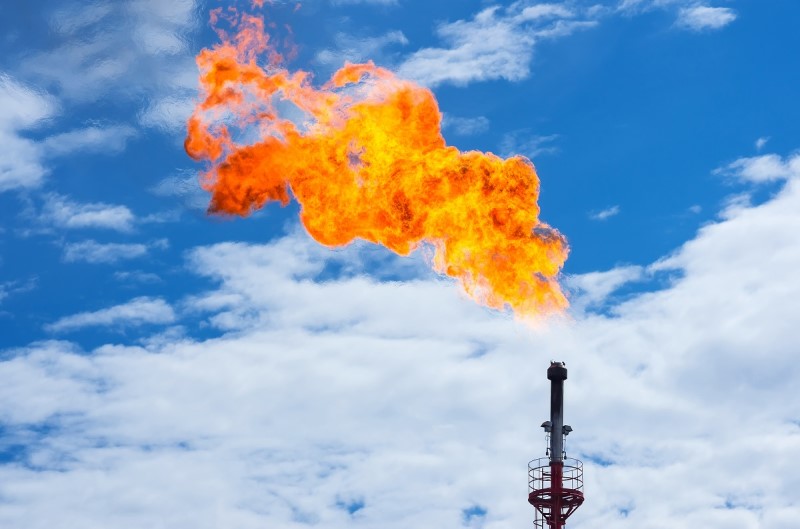Texas Regulator Calls out State's Worst, Best Companies for Natural Gas Flaring
(Reuters) — One of Texas' oil and gas regulators on Tuesday defended the state's high rate of natural gas flaring but named companies that burn off the most gas.
The report includes a set of flaring and venting data to be updated quarterly, the first set of such data the state has released.
Ryan Sitton, one of three elected oil and gas regulators, said Texas' flaring intensity is lower than other oil-producing areas, including North Dakota, Iran, Iraq and Russia. Its flare volumes - around 650,000 thousand cubic feet per day (Mcf/d) in 2018 - are "high for recent history" but do not surpass some years in the 1950s, according to Sitton's report.
"The state as a whole is still well below historical levels and most of the rest of the world," Sitton said in the report.
EP Energy, Endeavor Energy Resources, Surge Operating and Jagged Peak Energy had the state's highest rates of "flaring intensity," a measurement of flaring volume against oil production, according to the report. The companies could not be reached immediately for comment, but Jagged Peak was recently purchased by Parsley Energy, whose chief executive has criticized Jagged Peak's high flaring rates.
Companies with the lowest flaring intensity in Texas included Pioneer Natural Resources, EOG Resources, ConocoPhillips and Chesapeake Energy Corp.
Oil drillers tend to flare or vent gas when they lack pipelines to move it to market, or prices are too low to make transporting it worthwhile.
Venting releases unburned methane, which is many times more potent than carbon dioxide as a greenhouse gas.
Texas regularly allows companies to burn or vent gas in excess of regulations. It has issued more than 35,000 flaring permits since 2013 and has not denied any, according to the state commission.
"Neither companies nor regulators have kept up with this challenge," said Colin Leyden, a policy advocate for the Environmental Defense Fund, which tracks flaring, adding "pointing fingers at Iran and Iraq does nothing to fix the problem."
In the Permian Basin underlying Texas and New Mexico, the largest U.S. shale basin, flaring and venting totaled about 293.2 billion cubic feet last year, according to state regulatory data compiled by independent energy researcher Rystad – up about 7% from 2018.
Related News
Related News

- Kinder Morgan Proposes 290-Mile Gas Pipeline Expansion Spanning Three States
- Enbridge Plans 86-Mile Pipeline Expansion, Bringing 850 Workers to Northern B.C.
- Intensity, Rainbow Energy to Build 344-Mile Gas Pipeline Across North Dakota
- U.S. Moves to Block Enterprise Products’ Exports to China Over Security Risk
- Court Ruling Allows MVP’s $500 Million Southgate Pipeline Extension to Proceed
- U.S. Pipeline Expansion to Add 99 Bcf/d, Mostly for LNG Export, Report Finds
- A Systematic Approach To Ensuring Pipeline Integrity
- 275-Mile Texas-to-Oklahoma Gas Pipeline Enters Open Season
- LNG Canada Start-Up Fails to Lift Gas Prices Amid Supply Glut
- TC Energy’s North Baja Pipeline Expansion Brings Mexico Closer to LNG Exports





Comments